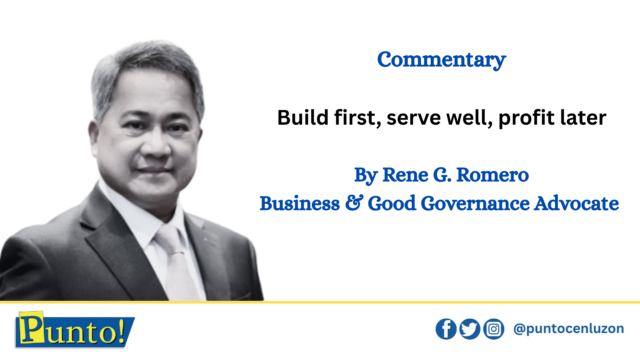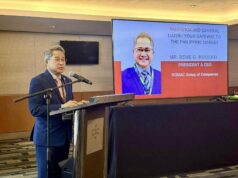AS ONE who has traveled extensively across globe, I cannot help but compare our situation with the experiences in countries like Singapore, United States, Japan and South Korea, where expressway systems operate with remarkable speed, reliability, and efficiency.
In those countries, tolling is truly contactless, seamless, and integrated into a broader framework of smart mobility. Vehicles pass through toll gates without ever having to stop or slow down – a testament not only to the effectiveness of RFID systems, but also to the discipline in their implementation, the integrity of their infrastructure, and the accountability of their regulators.
The sad truth is, in the Philippines, RFID technology has failed to deliver its promise not because of the technology itself, but due to poor implementation, outdated equipment, inconsistent calibration, and a general lack of standardization across different operators.
Add to that the recurring backend issues in account reloading and reconciliation, and what we end up with is a broken system. One that penalizes motorists with delays, confusion, and an overall poor experience.
Even more troubling is the passive role of our government regulators. Agencies mandated to ensure fair and efficient expressway operations seem more attuned to the concerns of the toll operators than to those of the driving public. This is a serious disservice. Government regulation must favor public interest above all.
Toll operators must also rethink their business approach. Infrastructure development should be rooted in a “build first, serve well, profit later” philosophy—not the other way around. Too often, we see improvements or expansions delayed under the justification of limited resources, as if motorists must wait for revenues to accumulate before receiving better service. This mindset is fundamentally flawed.
A recent case in point: the flooding that occurred in parts of our expressways once again exposed the vulnerability of our existing infrastructure. I have long proposed the construction of an elevated highway from Balintawak to Bocaue—not only to help decongest traffic but also to provide an all-weather, flood-resilient route that can serve during emergencies. The recent floods reaffirmed the urgency and correctness of this proposal. Sadly, the response from government agencies has been silence. It is disheartening that such practical and forward-looking solutions fall on deaf ears.
Furthermore, we are also strongly proposing the implementation of barrierless toll plazas and a true pay-as-you-use tolling system. This means eliminating physical barriers and removing the outdated prepaid RFID load system, which has long been a source of user frustration and inefficiency. Instead, we recommend a modern, cashless approach where expressway usage charges are automatically deducted from the user’s linked credit card, debit card, e-wallet, or bank account after actual use.
This postpaid model, already used successfully in developed nations, ensures motorists are only billed for what they actually use—eliminating the need to preload funds that sit idle in the accounts of toll operators. Not only will this improve transparency and efficiency, but it will also align with global best practices in digital mobility and consumer rights. Funds should remain with the users until a service has been rendered not the other way around.
If we are serious about mobility, if we truly value the time, safety, and dignity of our people, then reforms must happen now. We urge the Toll Regulatory Board, Department of Transportation, and related agencies to:
- Enforce standardization and interoperability across all toll operators,
- Mandate the upgrade of outdated RFID systems and backend platforms,
- Hold operators accountable for service failures,
- Transition to barrierless and postpaid tolling, and
- Encourage investments in long-term infrastructure improvements such as elevated expressways and drainage systems.





